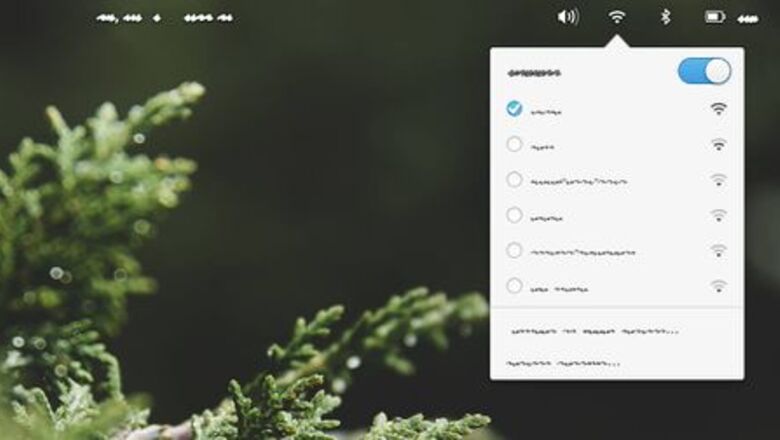
views
Please note that Elementary OS is a Debian-based operating system, just like Ubuntu, Linux Mint, and Debian itself. This means that the instructions for installing apps on those operating systems will mostly work for Elementary OS as well.
Updated note The only thing ElementaryOS has in common with Ubuntu is its core system. The Ubuntu Software Center and Synaptic are NOT installed by default, making steps 1,2,3 and 6 invalid. The only current ways are to use the Elementary App Center, the terminal (using apt) or compiling from source. It is clear that the original author never used ElementaryOS, especially considering all the screenshots are of the Unity desktop on Ubuntu.
Using the Software Center
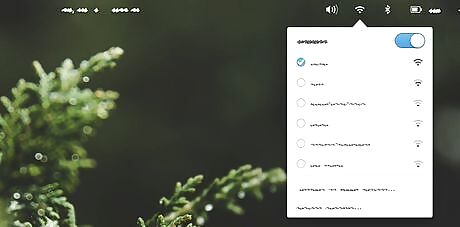
Connect to the internet. This will allow you to download and install any apps, unless you are using offline repositories.

Open Software Center. If you have a shortcut to it in your dock, click on its icon there. In not, click on the 'Applications' launcher, and find and click on its icon there.
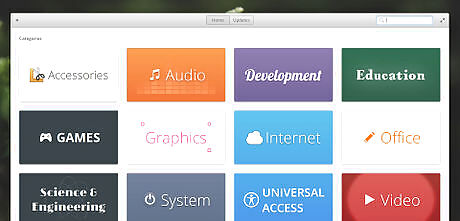
Become familiar with its interface. On the left side is a list of categories, which you can browse to find apps. For example, you could select Sound & Video to find and install a music player. Also on the start screen are all sorts of new, recommended and highly-rated apps that you should become familiar with and consider installing.
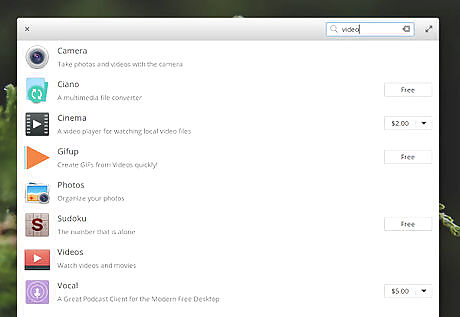
Search for the app you want. Using the search bar in the top-right corner of Software Center, type in the common name of the app you're looking for. In the list of results that shows, you'll probably see many alternative apps that you might want to install instead of (or in addition to) the app you searched for.
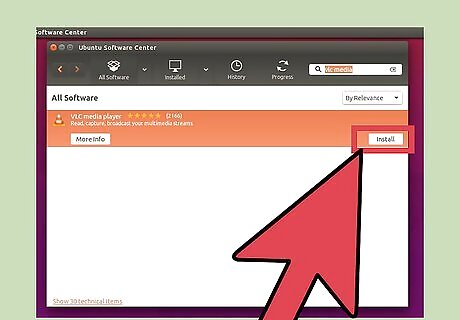
Install the app. When you've opened the app's information page, choose if you want any 'Optional add-ons from that section below the description. When you're ready to install, click the 'Install' button. You will be prompted for your administrator password; type it to begin installing the software.
By Downloading Packages

Find the webpage with a download link. Using your web browser, find the website of the app you want to install, and the app download webpage (for Linux if relevant). Search for the download link that ends in '.deb'. If there are options for different computer architectures (for instance, '32-bit' and '64-bit'), make sure you choose the right one for your computer.
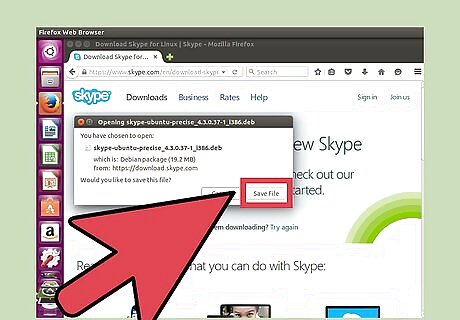
Download the package. Click on the download link and wait for it to fully download.
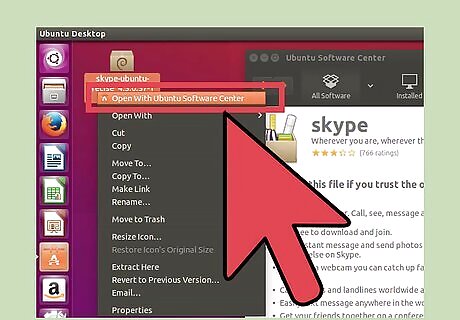
Open the package using Software Center or GDebi. Using your file browser, find the downloaded package file, right-click on it, and choose 'Open in Software Center'. Then you'll see the app information page. You can install it just like the previous method, but with 2 differences: you won't be able to choose any additional 'optional add-ons', and the app won't need to be downloaded before it gets installed (so it's a lot quicker to install).
Using a Package Manager App
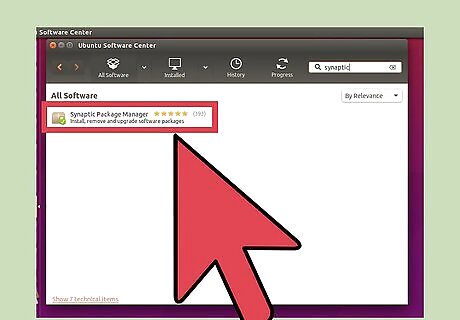
Install the package manager app. It can be installed using the Software Center using the method above.
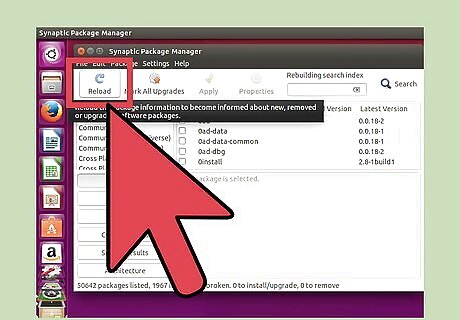
Open the package manager and update your repositories. You can update the repositories by clicking the 'Reload' button; you should do this regularly (such as once-a-week).
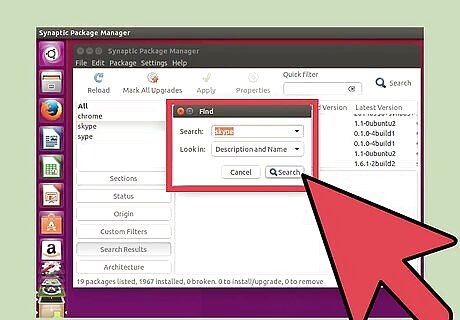
Find the app's primary package. Type the app's name into the search field and press 'enter'.

Mark the app's package for installation. Tick the checkbox on the left of the package that appears to match what you're looking for. Typically, a dialog box will appear named 'Mark additional required changes', and will list all the related (required) app packages that it will also need to be installed for the app to function; accept by selecting the 'Mark' button.
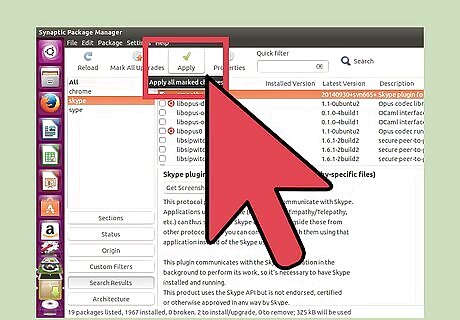
Install the app and its dependencies. Select the 'Apply' button to install the app and its dependencies. A similar dialog box will appear to confirm that you want to make all the marked changes; select 'Apply' to go ahead.
Using the Terminal
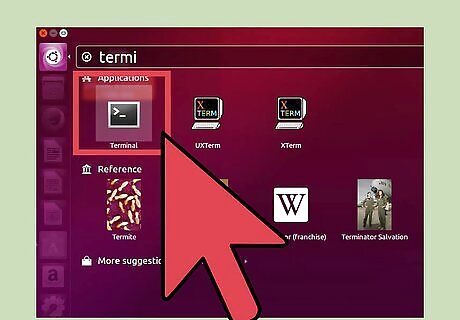
Open the terminal. Open Terminal by typing Ctrl+Alt+T or going in your Dashboard and searching for Terminal.

Enter the install command. Enter the following command: “sudo apt-get install [name of the app]” (without quotation marks), then press enter. The terminal may find and display a few lines of information, including the how much needs to be downloaded, and ask you to accept ('Y') or decline ('n'). Type in 'y' and press enter to continue.
Managing Installed Software

View installed apps.

Uninstall apps.
















Comments
0 comment